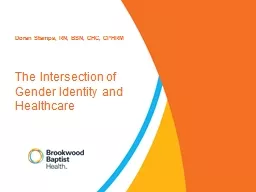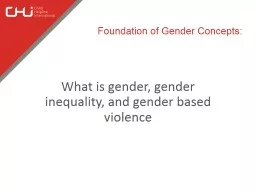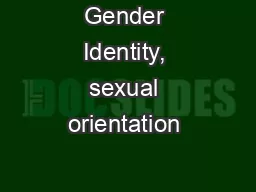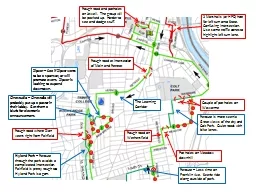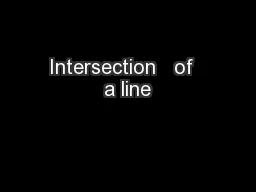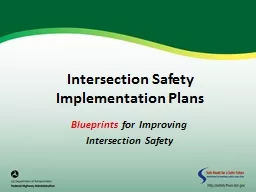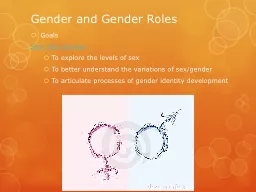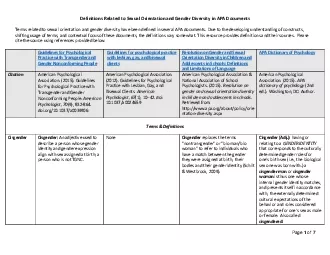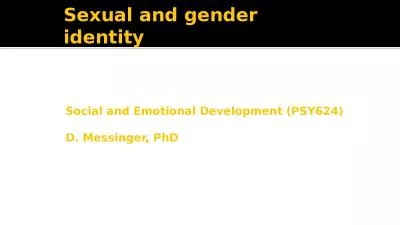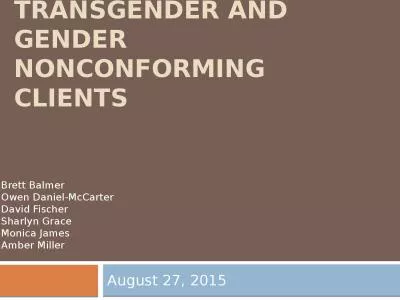PPT-The Intersection of Gender Identity and Healthcare
Author : calandra-battersby | Published Date : 2017-10-04
Doran Stamps RN BSN CHC CPHRM Why do healthcare institutions need to address gender identity The right thing to do 70 of transgender individuals report experiencing
Presentation Embed Code
Download Presentation
Download Presentation The PPT/PDF document "The Intersection of Gender Identity and ..." is the property of its rightful owner. Permission is granted to download and print the materials on this website for personal, non-commercial use only, and to display it on your personal computer provided you do not modify the materials and that you retain all copyright notices contained in the materials. By downloading content from our website, you accept the terms of this agreement.
The Intersection of Gender Identity and Healthcare: Transcript
Download Rules Of Document
"The Intersection of Gender Identity and Healthcare"The content belongs to its owner. You may download and print it for personal use, without modification, and keep all copyright notices. By downloading, you agree to these terms.
Related Documents

